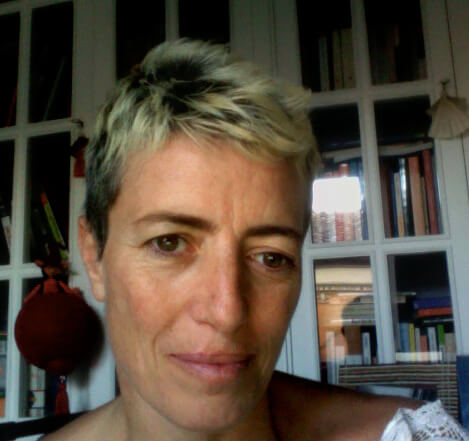Born in Calabria, South Italy
Studied Art and Literature in Bologna and Rome. Specialised in Photography at IED Rome.
Works like freelance in advertising then in anthropological reportage for Ministry of Culture in Italy.
The photography is for me like a mystic instant. When I can put into the small rectangle all my essence, reorganizing my interior universe through the apparent form of the outside world, the photo takes my own form and then I’m happy. This moment is a time suspension, an instant outside the time. It’s an inner experience, and this happen in the meeting and the fusion: the meeting with people or places, sometimes with objects, the meeting with the light and the outward form, the fusion between me and the word. My photography’s keys are light, meeting, fusion, melting.
The photography is for me the possibility to be a witness about worlds, cultures, emotions of the life on the Earth.
Some photos are in analogic camera, others made with a Rolleiflex 6x6
